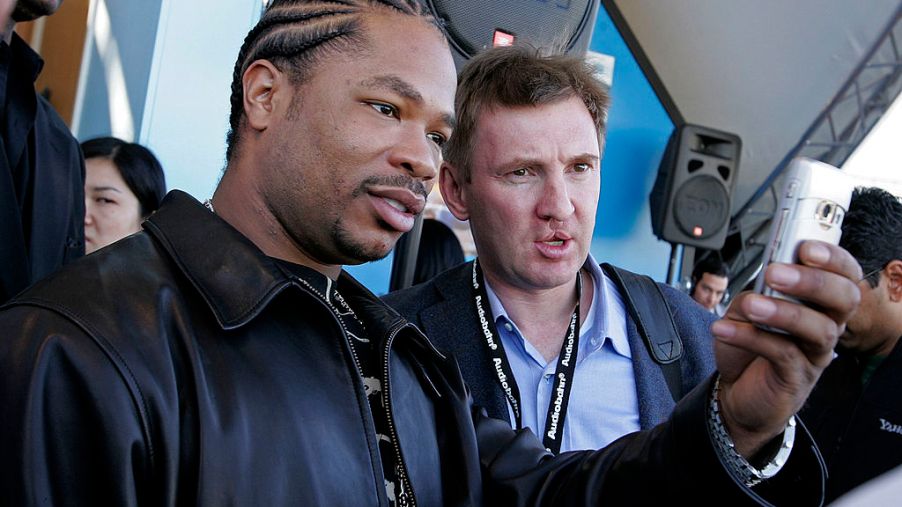
Was ‘Pimp My Ride’ Fake?
Everyone lies. Volkswagen, a multi-billion dollar company, lied about its cars’ emissions. Car commercials routinely spout lies about the cars being shown off. So, it should be no surprise then that the show Pimp My Ride had a lot of TV magic happening. The people were real and the cars were real. But sadly, almost everything else was either exaggerated or a flat-out lie.
The premise of ‘Pimp My Ride’
If you’ve never watched the show or if you’ve forgotten what happens in the usual episode, here’s a quick rundown of how things went. The host would watch a video from a contestant showing how broken and rundown the contestant’s car is. Then the host would visit the contestant’s home and examine their car while talking about the potential improvements or upgrades that they could make.
Next, the host takes the car to a custom body shop, tells the makeover team about the host’s vision for the car, and then leaves it to them to fix and “pimp” out. Some TV magic later, the finished product is presented to the contestant and they’re shown to be satisfied and amazed at how much their car has changed. Finally, everybody lives happily ever after, right?
Everything that was faked
According to that report from The Huffington Post, the majority of the show was faked or exaggerated for dramatic effect, especially when it came to the contestants. For example, Brooke Siegel, a contestant for the show, claims that the show rented a large house for her to pretend to live in, then coached her reactions when she met the host, and then even faked her backstory so that it would be more dramatic for TV.
Another contestant, Jake Glazier, told The Huffington Post that the producers of the show wanted him to break up with his girlfriend so that his story would be more dramatic and would tie in better with his car. However, Glazier fought back on that and so the producers decided to omit Glazier’s girlfriend from the show entirely.
An example of a faked backstory was Seth Martino’s. According to Martino, the producers saw that he was overweight and thought that his backstory should involve his weight. So the producers put bags of candy in his old car. Then, they had Martino say that he’d eat the candy in his car when he got hungry.
Other contestants had it easier, as the producers would intentionally make the contestant’s cars look worse so that the transformations would be more dramatic. This type of faked backstory was leveraged into the final product which often included aspects of the contestant’s lives. In Martino’s case, the producers added a cotton candy machine to his pimped out ride as a reference to the faked backstory that they made up.
Were the cars actually improved?
Many of the changes done to the cars were not actually practical. Sometimes the producers had to remove features after the cameras stopped rolling because those features wouldn’t be safe. Some of the features that didn’t get removed flat-out didn’t work. And if they did work, sometimes the makeover team neglected to upgrade the suspension of the pimped-out car. As a result, the car became almost undrivable.
On top of all of that, the opinions of the contestants were disregarded by the production and makeover teams. Justin Dearinger, another contestant who spoke to The Huffington Post, said that his opinion on the color of his car didn’t matter. What mattered was what would impress the audiences at home.
Thus, the producers would basically do what they wanted to do with the car, without thinking too much about what the contestant wanted. They could do that because they’d coach the contestant’s reactions to the finished car. Thus, ensuring no contestant would appear dissatisfied.
That said, while most aspects of the show were faked or exaggerated, most of the contestants who talked to The Huffington Post said that they’d do it again if given the chance.



